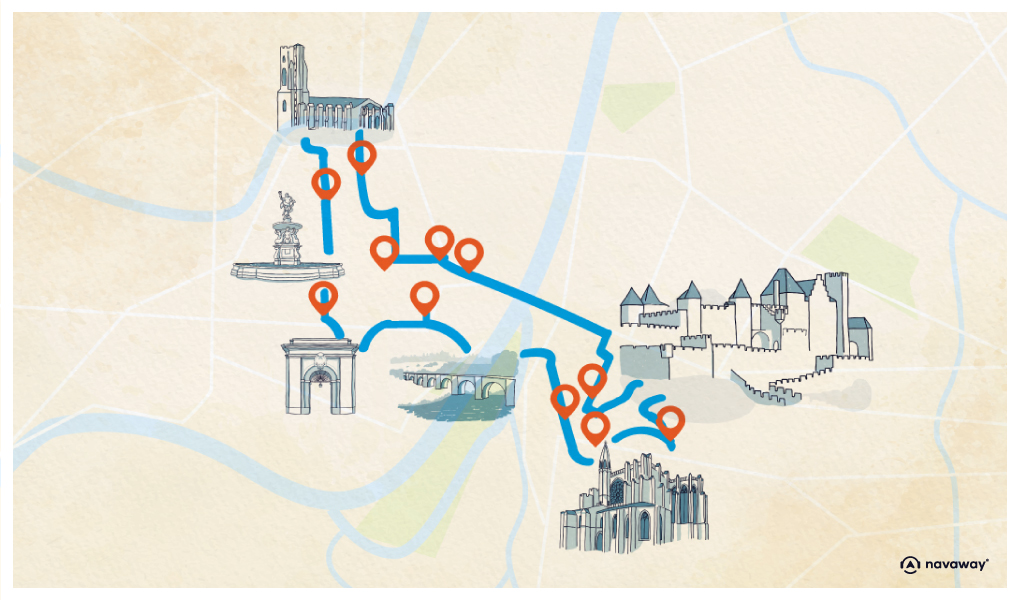
Medieval city
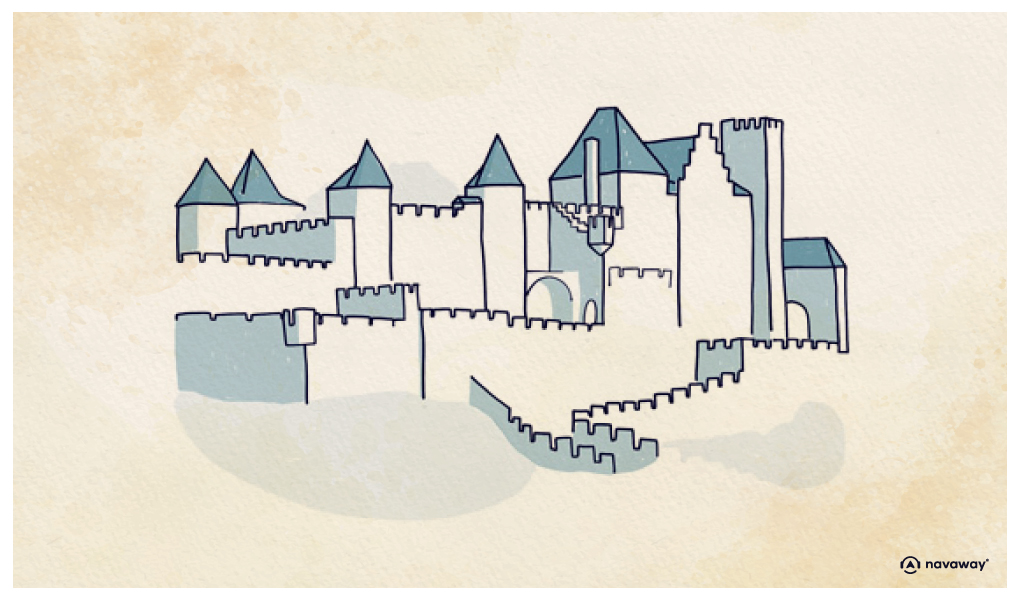
This point of interest is available as audio on the tour: Visit Carcassonne, A Citadel among the Clouds
With over 2 million visitors a year, the medieval city of Carcassonne is one of the most visited tourist sites in France. It was listed as a UNESCO World Heritage Site in 1997, and it’s one of the best-preserved medieval complexes in the world. Some of its remains even date back to the Visigoth era, notably 2 of its towers, and the Gallo-Roman ramparts still standing today! We’re talking 2,000 years of history, and 3 km of ramparts overlooking the beautiful Aude department. So how come this medieval city became so powerful, and how is it so well preserved? Let’s have a quick look at Carcassonne’s history. The fortified city is perched on a hill that is thought to have been inhabited since Neolithic times, yet the first ramparts were built in the Gallo-Roman era. After the fall of the Roman Empire, the city was seized by the Visigoths in 460, then by the Saracens, and finally by Pepin the Short, King of the Franks, in 759. Then came the feudal era, with the powerful Counts of Carcassonne in charge. They were the predecessors of the Trencavel family, to whom we owe the cathedral and the Count’s castle. For those interested, I’ll get into the basics of the feudal system in a moment. Fast forward to 1226, and Carcassonne becomes part of the kingdom of France, following a crusade launched by King Louis VIII of France. It becomes the seat of a seneschalty, with an on-site seneschal to carry out the king’s orders. That’s when the city walls were rebuilt to better protect the castle; the region was constantly under threat from both Raimond Trencavel, who was trying to reclaim the city, and the King of Aragon, from his neighboring kingdom just across the border a few miles away. The townspeople, too, weren’t quick to accept the king’s power. In 1247, Raimond Trencavel gave up his claim to the citadel. 10 years later, Louis IX struck a deal with the King of Aragon, thus ensuring that Carcassonne would not be attacked throughout the regal period. In 1679, more than 4 centuries later, the new border between France and Spain was established, further away from Carcassonne. It’s the border as we know it today. The city was no longer in need of protection and lost its strategic position. The locals gradually left the fortress to settle in the lower town, where the cloth trade flourished. The citadel, on the other hand, grew weaker, housing the poorest of laborers and serving as a weapons depot during the French Revolution. By the early 19th century, the castle had become a prison, and the citadel was one of Carcassonne’s most run-down districts. There was even talk of demolishing the walls, as they were in disrepair and nobody saw a use for them anymore. Thankfully, local historian and archaeologist Jean-Pierre Cros-Mayrevieille stepped in. He championed the citadel’s rich history and past power, even discovering the tomb of bishop Guillaume Radulphe in the Basilica of Saint-Nazaire. He thus caught the attention of Prosper Mérimée, Inspector-General of Historical Monuments, who, together with the Commission of Historical Monuments, added the basilica to the famous list of protected monuments and sites in 1840. That’s right, it’s the iconic “Monuments Historiques” list. But Jean-Pierre Cros-Mayrevieille didn’t stop there. He fought to have the rest of the citadel listed as well and to stop the planned destruction of the fortifications. Thanks to his tireless efforts, the medieval city was listed as a historical monument in 1862 and thereby spared from demolition. The renowned architect Eugène Viollet-le-Duc was then commissioned to restore the basilica, and later the city walls, to their former glory. His remarkable work is still praised today by some of the greatest architects, and by the millions of people who tour this medieval gem every year. This is how this exceptional complex came to be, all thanks to a handful of men who fought to protect one of the world’s most beautiful medieval sites. Now, time to explore!


Discover Carcassonne with app
An interactive guide through the most beautiful streets, squares, and districts
27 fun audioguides full of historical facts, anecdotes, and legends
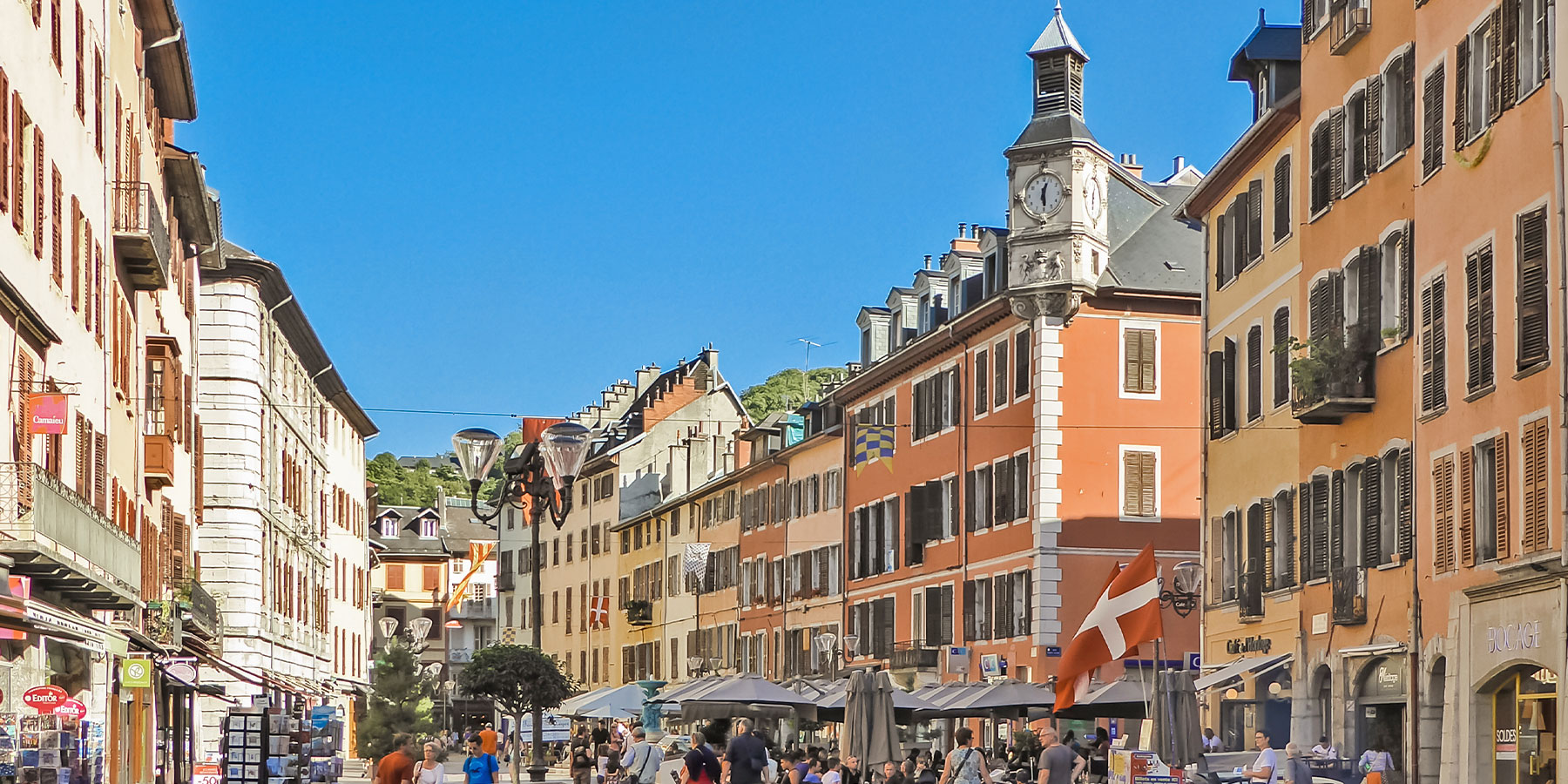
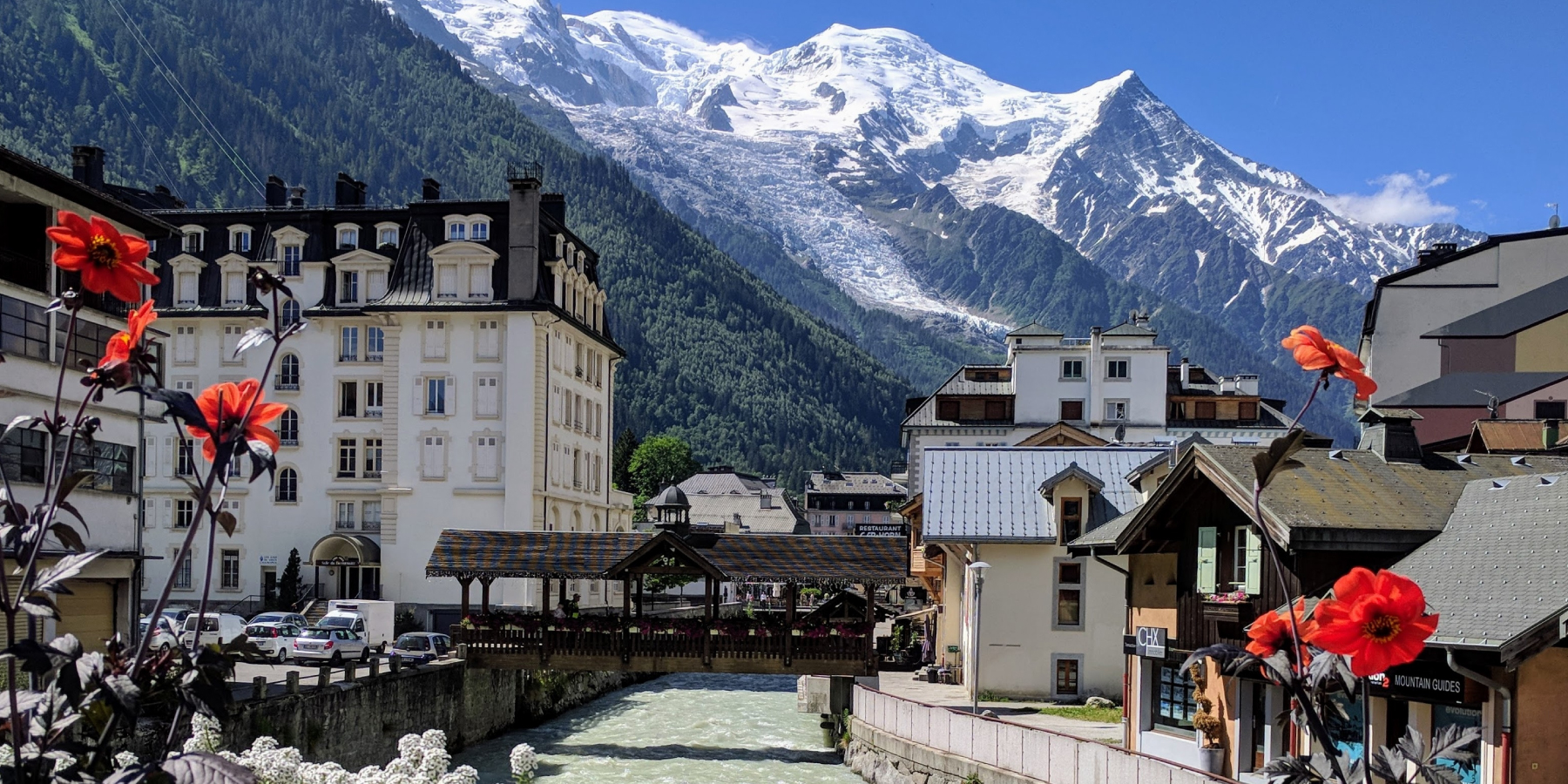
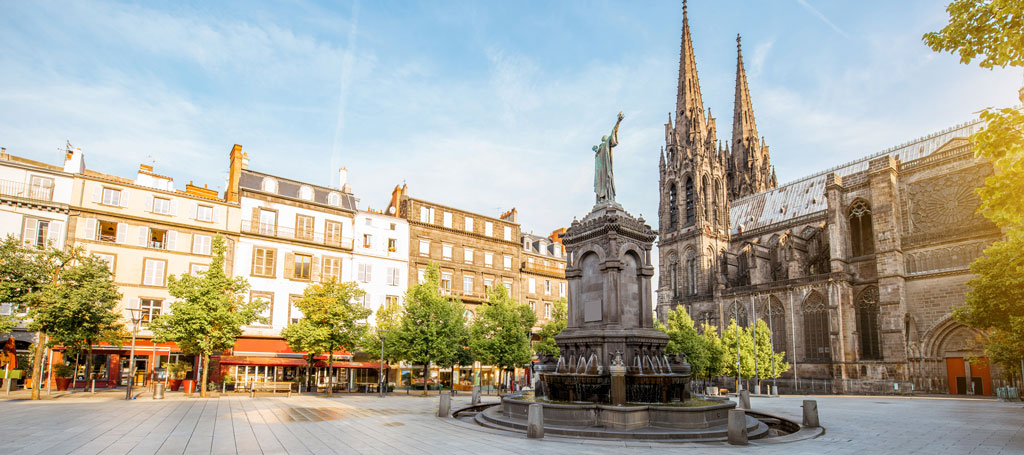


Comments